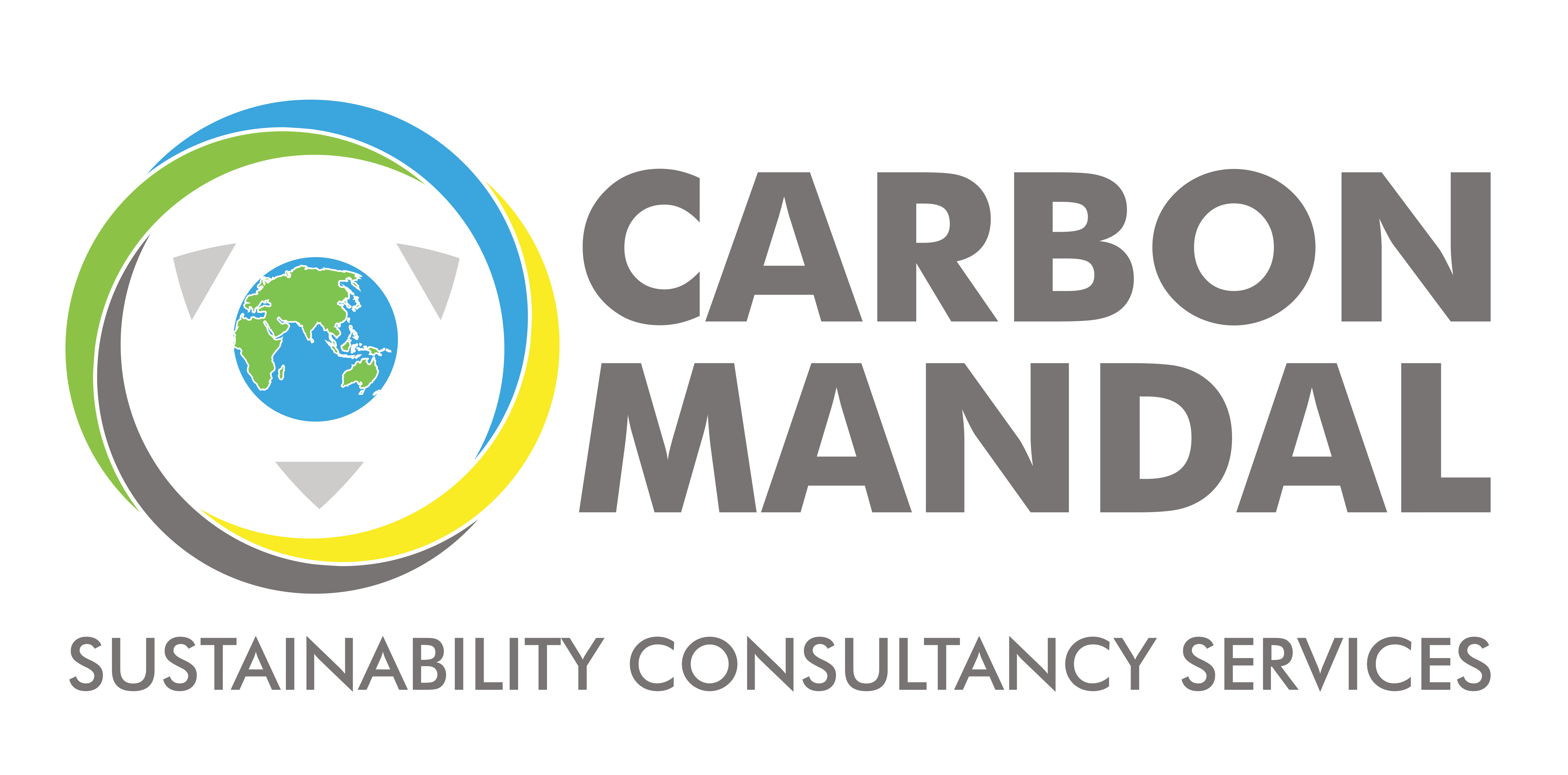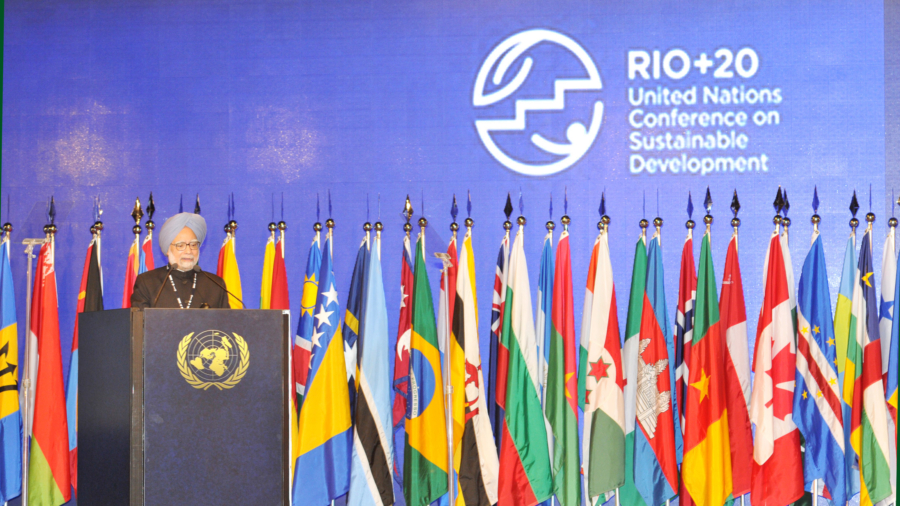A background on how SDGs came into existence
The SDGs were drawn up at the United Nations Conference on Sustainable Development in Rio De Janeiro in 2012 with the sole purpose of combating the world’s urgent environmental, political, and economic challenges. It is well understood that eradicating poverty and other forms of deprivation must be combined with efforts to improve health and education, minimise inequality, and boost economic development all while combating climate change and aiming to preserve and defend our oceans and forests.
In order to do this, the Division for Sustainable Development Goals ( DSDG ) delivers significant support and capacity-building for the Sustainable Development Goals (SDGs) and relevant thematic issues. Furthermore, to make the 2030 Agenda a reality, broad ownership of the SDGs must be translated into a firm commitment to achieving the global goals by all stakeholders. The 2030 agenda for Sustainable Development is the framework for peace and prosperity for the people of the planet today and tomorrow. At its very core, there are 17 Sustainable Development Goals, also termed as SDGs, which are an immediate call for action by all nations, developed and emerging. These 17 SDGs mark a significant change in the vision and goals of the United Nations. What makes them especially different however is the comprehensiveness. Not only does the agenda include individual contribution, but it also makes collective communities and societies of all strata a stakeholder too.
The SDGs as a Global Movement
As a comprehensive agenda, it brings together all individuals and nations to the same table at the same time regardless of their developmental stage and with transparent agendas. All organizations are seen as equal partners in the long-term sustainability agenda. In simpler words, the paradigm shift stems from encouraging individuals from all corners of the globe to become involved, engaged, and invested in our world as a whole, each with their own duty, accountability, and hope for long-term success.
One of the characteristics of the Sustainable Development Goals that stands out is its scope. The element of obligation is the first feature that demonstrates this. As compared to the MDG’s, this agenda focuses on the responsibility of the world as a whole and not just a niche of people. The other really important characteristic is the interrelationship between the goals. For example, although goal number is the eradication of poverty and hunger, without employment and economic growth or even quality education, it cannot be entirely achieved.
17 SDGs include the following :
GOAL 1: No Poverty
GOAL 2: Zero Hunger
GOAL 3: Good Health and Well-being
GOAL 4: Quality Education
GOAL 5: Gender Equality
GOAL 6: Clean Water and Sanitation
GOAL 7: Affordable and Clean Energy
GOAL 8: Decent Work and Economic Growth
GOAL 9: Industry, Innovation and Infrastructure
GOAL 10: Reduced Inequality
GOAL 11: Sustainable Cities and Communities
GOAL 12: Responsible Consumption and Production
GOAL 13: Climate Action
GOAL 14: Life Below Water
GOAL 15: Life on Land
GOAL 16: Peace and Justice Strong Institutions
GOAL 17: Partnerships to Achieve the Goal
At the Sustainable Development Summit – 2015, 193 countries officially adopted the SDGs. As the SDGs make all the nations globally a stakeholder of this agenda, the Nationally Determined Contribution (NDCs) are a way of ensuring that all 193 nations play a part.
How Nations can do their part?
People-centered, universal, transformative, and interconnected is how the new agenda functions. It urges all countries to take action for all people in five vital areas over the next 15 years: citizens, environment, development, stability, and partnership. Since 2017, humans are thought to have contributed to a rise of 1.0°C above pre-industrial levels. In about 140 years, sea levels have risen around 20 cm and in another 80, it could rise by another 30-122 cm. It is vital for countries to take up responsibilities as the numbers look extremely dire.
To battle this, 196 parties came together under the umbrella of the Paris Agreement in 2015 aiming to limit warming to 1.5 to 2 degrees above pre-industrial levels. The NDCs are at the core of the solution to this problem. They are in a nutshell, climate plans that highlight climate activities that national governments intend to enact in response to climate change. India for example pledged to produce an additional carbon sink of 2.5-3.0
1 billion tonnes of CO2 equivalent by 2030 as part of the 2015 Paris Agreement’s Nationally Determined Contribution (NDC) goal. To attain this, India is going to have to produce an additional 25 – 30 million hectares of forest cover by 2030. This is equivalent to a whopping 46.7 – 56 million football fields.
As a remedy for this, Green India Mission (GIM) is one of the 8 missions under the National Action Plan on Climate Change (NAPCC) launched in 2015 with objectives in line with meeting the Paris agreement. GIM aims to raise forest cover by 5 million hectares, which again is equivalent to almost about 9.3 million football fields over a period of ten years. Although there is a lack of data in this case, according to a NAPCC results survey, GIM missed its targets by 34% in 2015, 2016, and 2017. Just 44,749 hectares of land received green cover. GIM continues to fall short of its annual goals due to a lack of financial support at both the federal and state levels, moving the NDC goal farther away.
To wrap it up, despite the fact that the SDGs are not legally binding, governments are motivated to establish national structures in order to achieve them. The SDGs are interconnected and undivided, integrating the fiscal, societal, and environmental aspects of sustainable change, while the Paris Agreement is in line with the 2030 Agenda and calls for immediate climate action. SDGs provide a solid framework for nations to plan and design their NDCs to meet the 2030 agenda while monitoring progress. SDGs play as an important roadmap for countries and act as a cornerstone helping them align to progress and sustainable global development.

